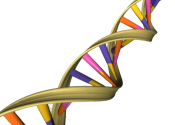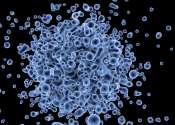The Y chromosome is disappearing: What will happen to men?
The Y chromosome may be a symbol of masculinity, but it is becoming increasingly clear that it is anything but strong and enduring. Although it carries the "master switch" gene, SRY, that determines whether an embryo will ...









